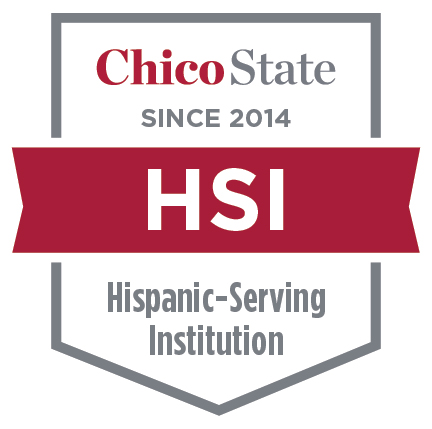
Frequently Asked Questions
What is it?
A capstone design experience for senior level students in Mechanical and Mechatronic engineering.
What do they do?
Design, build, and test a solution to a real-world engineering problem in a team environment.
How big are the teams?
Design teams typically consist of five students, but may be larger or smaller depending on the particular project. Typical projects are estimated at 800 to 1000 engineering hours including design, build, and test.
Where do projects come from?
Most design projects are sponsored by industrial partners. The projects are real-world design problems from the sponsoring company, providing real-world design experience for the students.
What's Mechatronic Engineering?
Mechatonics is the study of "intelligent" systems and products that require sensing, actuation, and computation for their mechanization and control. Some sponsored projects are purely mechanical in nature, and those project teams are composed solely of mechanical engineering majors. But many projects have mechatronic elements, and those teams include students from both majors, with the ratio determined by the particular project.
What are some of the advantages for students?
- A practical real-world design experience
- Development of team problem-solving skills
- Experience budgeting time and finances
- Project management skills
- The chance to meet and work with potential employers
- Networking at fall presentations and the spring Design Expo
What are the potential benefits for industrial sponsors?
- An opportunity to initiate elective research projects
- Collaboration with Chico State faculty
- Benefiting from the creative talent of students
- Creation of innovative and competitive products
- Development of improved manufacturing or business processes
- Ownership of intellectual property
- Recruitment of potential employees
- Positively impacting a number of students with a marginal investment
- Networking at fall presentations and the spring Design Expo
Can you give me examples of past projects?
Summaries of selected projects from the past three years can be accessed from the menu controls at the right. Information includes presentations, posters and in some cases video from past student work. A list of past sponsors can be found on the Past Projects page.
What does it cost to sponsor a project?
Modest sponsorship fees are required to support fabrication, testing, and other educational objectives of the program. Because each Capstone Design Project is unique, sponsorship fees may vary from project to project. Fees are determined through collaboration with the sponsor to ensure sufficient funding for completion of the project.
What about Intellectual Property? Who owns the design?
Capstone sponsors have rights of first refusal to solely own the intellectual property arising out of the Project. Intellectual property includes: patentable and non-patentable inventions, designs, trademarks, works subject to copyright, trade secrets, and processes.
What happens if the design doesn't work?
The Capstone Design Program is educational in purpose and is designed to help students learn the practice of engineering. All project work is provided to the sponsor "as is" and is not guaranteed by the university. Sponsors are strongly encouraged to be full participants in the program to ensure the design solution will meet their needs and function as intended.
What about Liability?
Liability, intellectual property, indemnification, non-disclosure of confidential or proprietary information, etc. is all governed by a legal agreement that is executed before the project begins. A sample Sponsor Agreement can be found on the Forms page.
What do sponsors receive at the end of the project?
Sponsors receive a comprehensive design report generated by the project team. The report fully documents the design, and includes engineering analysis as well as a detailed budget and a complete set of working drawings. Sponsors also receive all prototype hardware, software, etc. generated as part of the project. Finally, sponsors receive the students' design log books and of ownership of any intellectual property developed during the course of the project.
My company is not in Chico. Is that a problem?
We routinely have industrial sponsors from outside of Chico, with many from the Bay Area, Southern California, Nevada, and beyond. Design teams utilize modern communication tools such as Skype for video conferencing, and can also travel to the sponsor's facility during the semester if needed.
What’s the Timeframe?
Project recruitment typically begins during the spring semester. Many projects are finalized by the end of the spring semester in late May, but some may extend over the summer depending on the number of available projects and students. Projects are presented to the class and teams are assigned at the beginning of the fall semester in late August. Design takes place in the fall semester while prototype construction and testing takes place in the spring. Complete information on the timeframe can be found on the Dates and Milestones page.
Who can I contact for more information?
Gregory K. Watkins, Ph.D., PE
Professor of Mechanical Engineering
Capstone Design Program Coordinator
Department of Mechanical and Mechatronic Engineering and Sustainable Manufacturing
California State University Chico
Chico, CA 95929-0789
530.898.4388
gkwatkins@csuchico.edu
